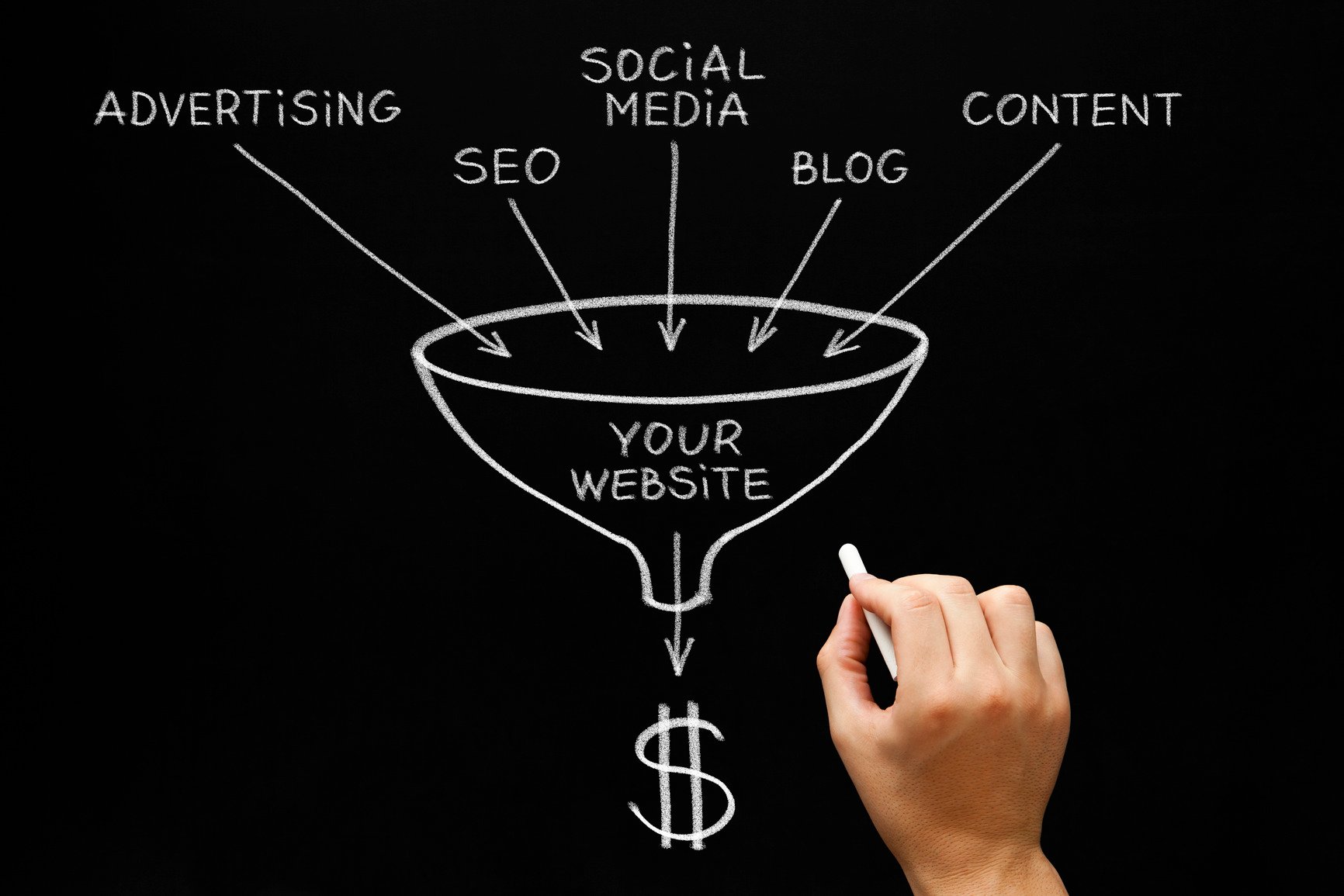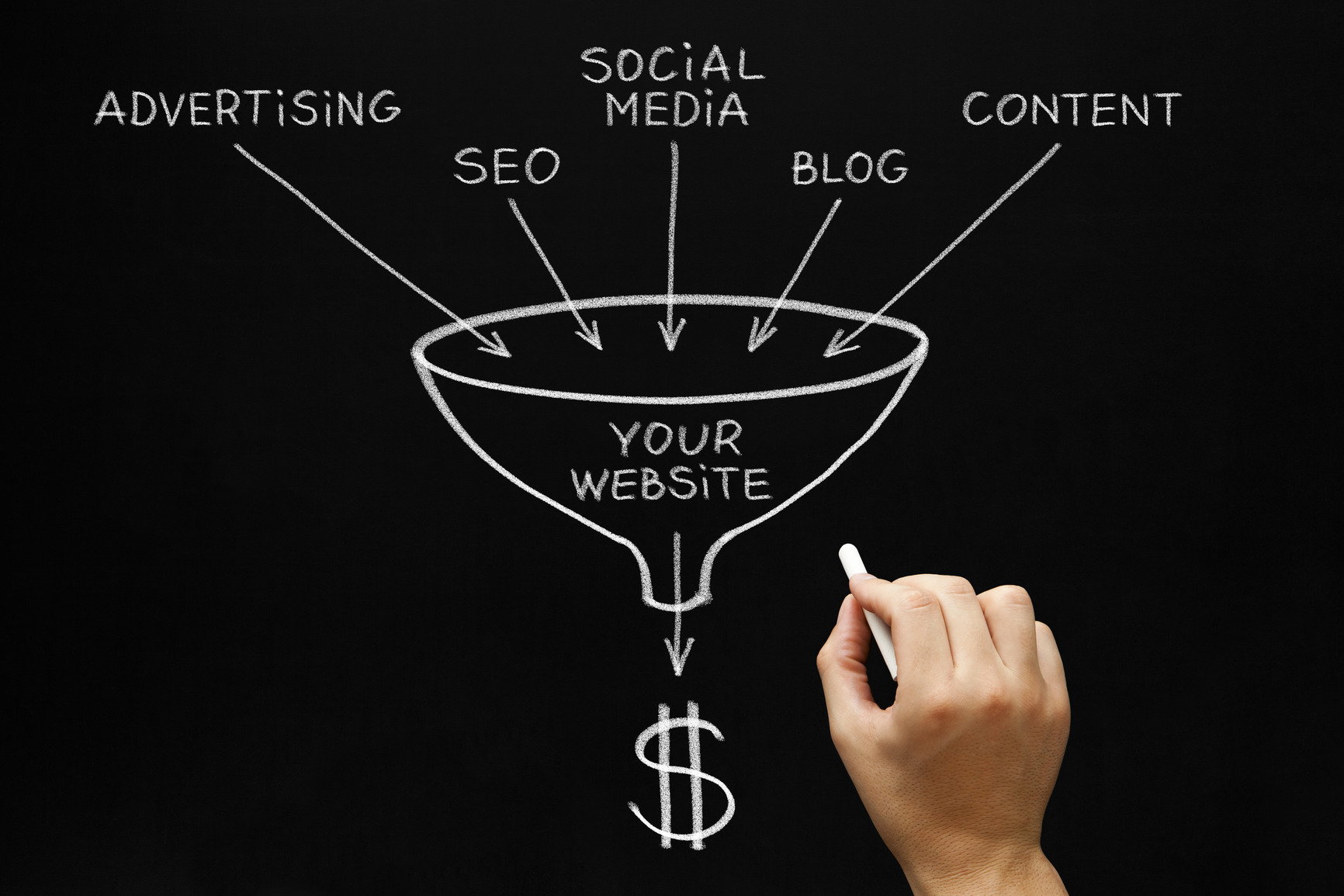 By now, you may be aware that inbound marketing is an approach that ushers customers through a journey that covers four successive phases: Attract, Convert, Close and Delight.
By now, you may be aware that inbound marketing is an approach that ushers customers through a journey that covers four successive phases: Attract, Convert, Close and Delight.
But what you may not be familiar with is WHY inbound marketing works. That is, why does it even exist in the first place? What was the matter with conventional marketing? And if conventional marketing is so bad, why do many companies – including large, successful enterprises – still use it to some extent?
There’s Nothing Wrong with Conventional Marketing, But…
Let’s start answering these important questions with this: there is nothing wrong with conventional marketing. Indeed, successful companies around the world still use conventional marketing, and we also recommend that some (though not all) of our clients integrate some conventional marketing assets in their overall mix. But…
A few years ago it became clear that conventional marketing was no longer capable of providing coverage and support to the full customer journey. Why not? Because the majority of customers were no longer contacting businesses early on in their buying process. They were doing their research and forming their opinions long before they made contact – that is, if they decided to make contact at all. Many times they didn’t, and that sent alarm bells off in many boardrooms around the world. Out of that concern and conversation emerged Inbound Marketing (a phrase that was coined by HubSpot).
New Car Sales: From Outbound to Inbound
The above may seem a little bit confusing to folks outside of the sales and marketing world. If so, then an example from new car sales will make the “WHY” of inbound marketing easy to understand.
In the past, customers shopping for a new car typically went to their local dealership, and revealed their buying intention (i.e. “we’re looking to get a new compact car in the next month or so”). The salesperson then presented the customer with information and recommendations, and then followed-up with a conventional marketing approach: a phone call and, more recently, an email and perhaps some digital assets as well (e.g. a PDF brochure, a link to a video, and so on).
But for the last few years, the majority of customers in the market for a new car aren’t taking this old fashioned approach. They’re doing research online, which includes checking out articles, white papers and infographics, as well as social media content (Facebook, Twitter, etc.). If they’re impressed by what they come across, then they’re going into the dealership: not as a “newbie”, but as a seasoned, savvy shopper.
Or alternatively, if they’re unimpressed by what they come across – or in some cases, if they don’t find much of anything at all — then they’re not going into the dealership at all. As such, the salesperson will NEVER have a chance to engage that customer, and there is NO possibility of ever making a sale to them, their next-door-neighbor, their colleague at work, their brother-in-law…and the list goes on.
It’s All About Filling the Gap
As you can see, inbound marketing fills the gap that opened up when customers, empowered by the web, decided that they were no longer going to take a wait-and-see approach – whether they were buying a new pair of shoes, technology for their business, a new car, and so on. They were going to do some of the leg work on their own time and their own terms, and only after that process would they decide to connect with a company.
And of course, the direct, obvious implication of the above is that companies cannot treat inbound marketing as optional – because the gap is getting bigger all the time! That is, customers want more articles, more ebooks, more infographics (and so on), and less conventional marketing.
Companies that understand this new balance in the marketing world – one that is heavily tilted towards inbound marketing and away from conventional marketing – are surging ahead of their competition, and creating more delighted customers.
Companies that are sitting on the sidelines waiting for this “inbound marketing thing” to fade away will find themselves on the outside looking in, failing to engage a dwindling customer base that, eventually, won’t exist.
{{cta(‘bd8404aa-e053-481c-9e10-8dd744e59b2f’,’justifycenter’)}}





